Smallpox Scabs Whisked From Virginia Museum After Terror Attack Concerns
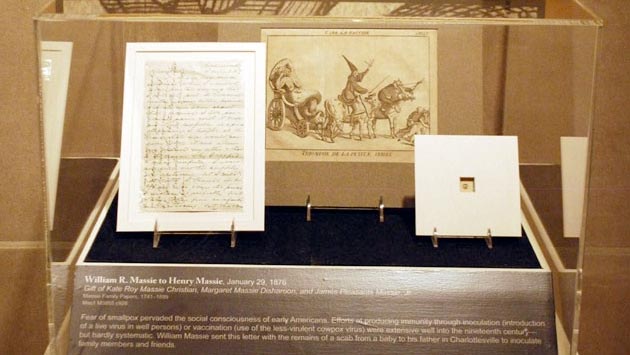
One of the most popular artifacts from the “Bizarre Bits” section of the Virginia Historical Society Museum is no longer on display thanks to the terrorism concerns of Nick Radonic, an electrical engineer from Maryland.
Sitting in a glass display case, found carefully wrapped in a letter dated 1876, were the scabs of a smallpox sufferer, which, before injectable vaccines became available in the 1940’s, were often rubbed on one’s body in the hopes of building up a tolerance to the virus. This didn’t always work out too well, as referenced by Benjamin Franklin, who’s son died after exposure to smallpox scabs.
The century old letter reads:
ADVERTISEMENT
Dear Pa … the piece I inclose is perfectly fresh and was taken from an infant’s arm yesterday. …Dr. Harris says the inclosed scab will vaccinate 12 persons, but if you want more, you must send for it. I will pin this to the letter so that you cannot lose it as you did before.
The smallpox virus was eradicated by vaccines in 1980, and only two specimens are known to remain. One located in Russia, and another locked up at the CDC in Atlanta, Georgia. Still, fears of terrorism didn’t die with Bin Laden. Cue Nick Radonic.
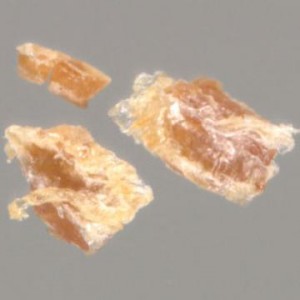
Smallpox infected scabs used for pre-vaccine treatment
“I just knew smallpox was a nasty, highly contagious disease,” said Radonic. “So if there was a free sample floating around some place, even accidentally, the downside was enormous. I said, ‘I have to do something here.'”
Like a true American Hero, Radonic complained to friends, to the museum, and finally, to the National Institute of health. A few days later, Lee Shepard, vice president of collections for the museum, received a call from the Center For Disease Control.
“They were very calm, not alarmist, and said, ‘You probably know why we’re calling,” he told ABC.
Dressed head to toe in protective environmental suits, CDC officers collected the scabs from the case, placed them in an airtight cooler, and drove nine hours back to their Atlanta lab for testing.
Drum roll, please.
The results came back negative, surprising hardly anyone, especially Dr. William Schaffner, chief of preventive medicine at Vanderbilt University Medical Center, who had previously told ABC reporters that a smallpox virus lasting 135 years in scabs was highly unlikely.
The CDC irradiated the scabs just in case, and promised to return them as soon as possible.
The terrorists have won.
For more info on the smallpox scare, visit ABC News.
MORE GREAT STORIES FROM WEEK IN WEIRD:






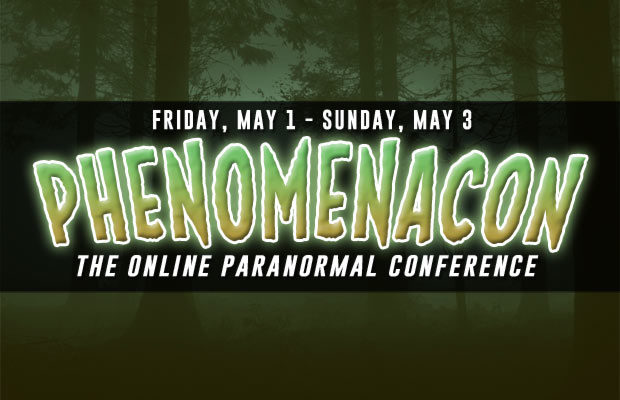
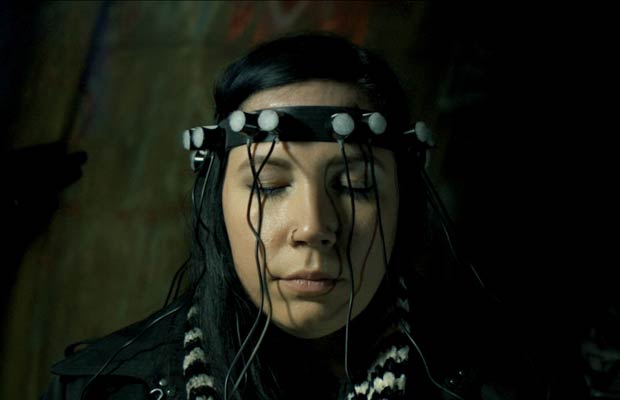

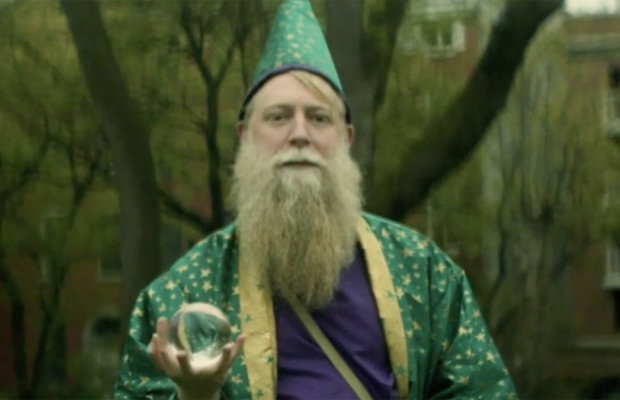

You must be logged in to post a comment Login